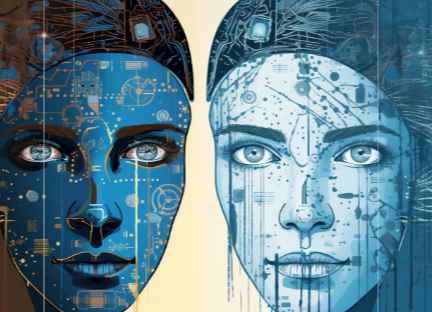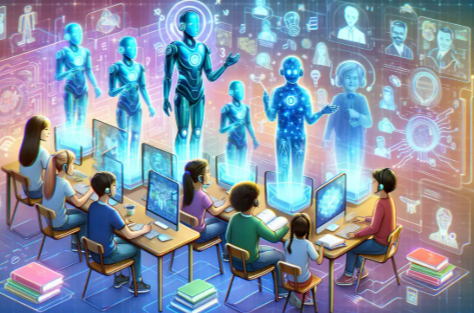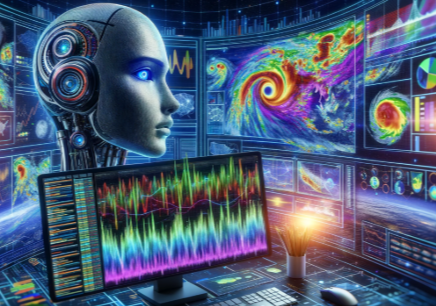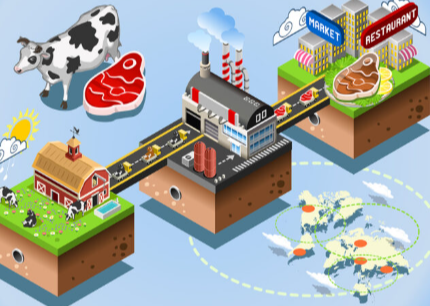Deepfake technology presents a dual-edged sword in today’s digital landscape. On one side, it sparks innovative artistic expressions. On the other, it raises profound ethical concerns about authenticity and consent. As deepfakes increasingly infiltrate media, they challenge perceptions of reality. How society navigates these complexities will shape the future of creative freedom and trust. What frameworks will emerge to balance these competing interests?
The Creative Potential of Deepfake Technology
The advent of deepfake technology introduces a transformative creative potential that reshapes artistic expression and media production.
This innovation offers unprecedented opportunities for artists and creators within the entertainment industry, enabling them to explore new narratives and visual aesthetics.
However, the implications of such technology prompt an inquiry into its ethical use, balancing artistic freedom with the responsibilities inherent in media creation and representation.
The Dangers of Misinformation and Manipulation
Although deepfake technology holds significant creative potential, it simultaneously poses considerable risks regarding misinformation and manipulation.
The striking deepfake realism can blur the lines between truth and fabrication, leading to severe misinformation consequences. As audiences increasingly encounter altered realities, the implications for personal beliefs, societal trust, and democratic processes become critical.
Understanding these dangers is essential for navigating a landscape fraught with deception.
Read more: How Technology Is Improving Food Safety and Traceability
Legal and Regulatory Challenges
As deepfake technology proliferates, legal and regulatory frameworks struggle to keep pace, raising questions about accountability and enforcement.
Intellectual property rights face challenges as creators navigate unauthorized use of their likenesses, while privacy concerns escalate as individuals become vulnerable to exploitation.
This evolving landscape demands urgent attention from lawmakers to establish clear guidelines that balance innovation with ethical considerations and protect personal liberties.
Building Trust in an Era of Deepfakes
While deepfake technology presents innovative possibilities for content creation, it simultaneously erodes public trust in visual media.
Trust building strategies must prioritize enhanced media literacy, enabling audiences to critically evaluate content authenticity.
As misinformation proliferates, fostering skills to discern genuine from manipulated visuals becomes essential.
Conclusion
In navigating the dual-edged sword of deepfake technology, society stands at a crossroads akin to a tightrope walker balancing creativity and ethics. Just as a skilled performer must maintain equilibrium to avoid a fall, stakeholders must establish robust ethical frameworks to harness deepfake’s artistic potential while safeguarding against its misuse. As the digital landscape evolves, fostering trust and accountability will be paramount to ensuring that innovation does not overshadow individual rights or societal integrity.



